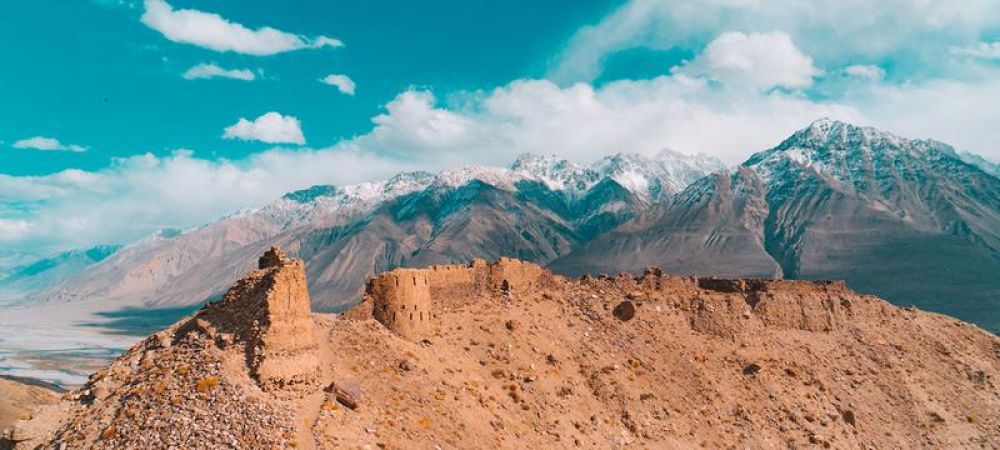

Nestled in the heart of Tajikistan’s picturesque Fergana Valley, the city of Isfara boasts a history that dates back to the heyday of the Silk Road. The Isfara Bazaar, with its rich historical past and vibrant present, serves as a living testament to the city's longstanding significance as a commercial and cultural crossroad in Central Asia.
As a part of the Silk Road, Isfara played a pivotal role in the exchange of not only goods but also knowledge and culture between the East and West. The Isfara Bazaar emerged as a bustling marketplace where traders from various regions would converge, to deal in a myriad of commodities such as spices, silk, ceramics, and jewels. The bazaar was not just a trading spot but a melting pot of different civilizations and traditions.
Tourism in Isfara, specifically to the Isfara Bazaar, has evolved over time. Initially frequented by traders and merchants, the bazaar has gradually become a destination for cultural enthusiasts and those eager to experience the authenticity of Tajik life. The fall of the Soviet Union and Tajikistan's consequent independence in 1991 opened the doors wider for international tourism.
The government's efforts to promote the historical and cultural heritage of the country have resulted in the restoration of many historical sites, including those surrounding the bazaar. Such initiatives have continually sparked the interest of foreign visitors in the region's rich tapestry of history and culture.
In recent years, with the global rise in experiential and sustainable tourism, Isfara Bazaar has witnessed a new trend. Tourists are increasingly seeking authentic experiences, and the bazaar offers just that. Visitors can soak in the vibrant atmosphere, admire the intricate craftsmanship of local artisans, and savor traditional Tajik dishes.
Eco-tourism has also seen an upswing, with tourists participating in agricultural tours in the surrounding farmlands or engaging in homestays to fully immerse themselves in the local lifestyle. As visitors become more conscious of their impact on the environment, they are showing a keen interest in the bazaar's practice of selling fresh, locally grown produce and handmade goods.
Recognizing its significance, several initiatives have been launched to preserve the authenticity of Isfara Bazaar while ensuring that it can sustain the increasing footfall of tourists. Cultural events and festivals are regularly organized to showcase the rich tapestry of local traditions and to attract a global audience.
Looking toward the future, Isfara Bazaar is expected to embrace the digital revolution that has swept the travel industry. With the possibility of virtual tours and an online presence, the reach of the bazaar can only increase, ensuring that the legacy of this historical marketplace continues to thrive in the global tourism sphere.
In conclusion, visitors to Isfara Bazaar can expect not only an authentic glimpse into the traditional Silk Road marketplace but also a cultural journey through the history and soul of Tajikistan.